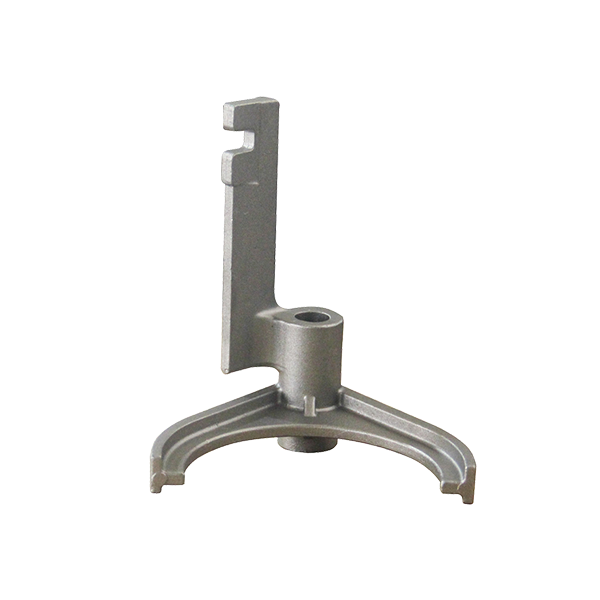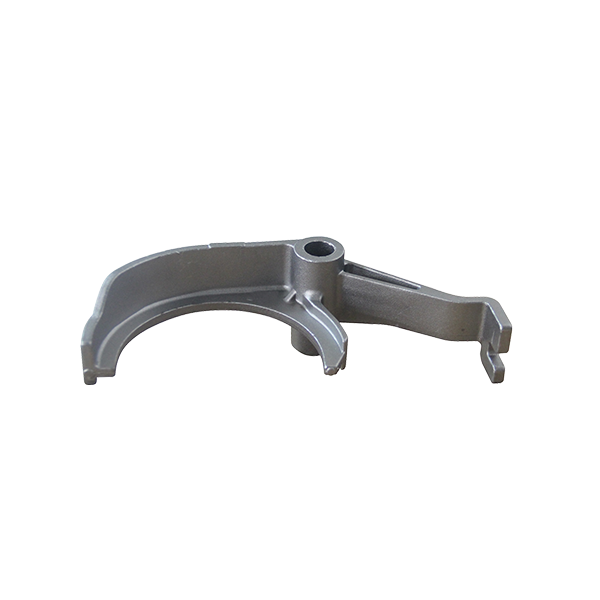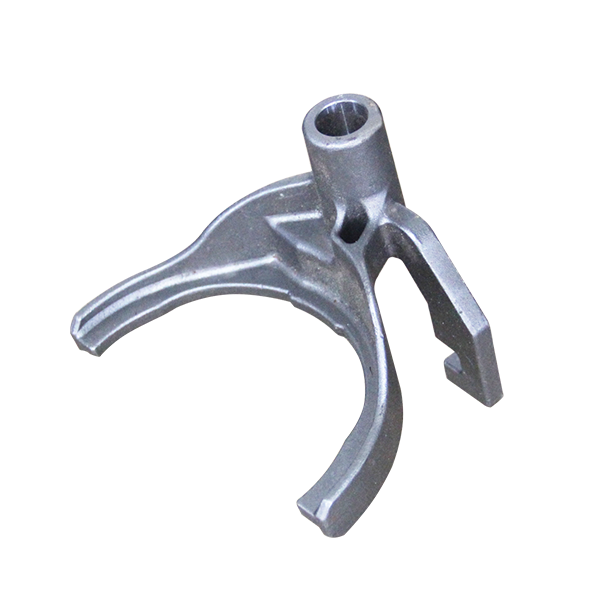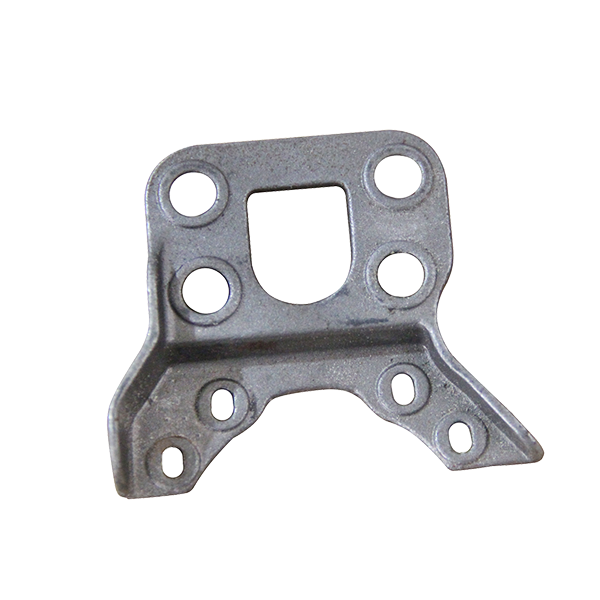Furnace casting process
Thorium sound gold casting technology
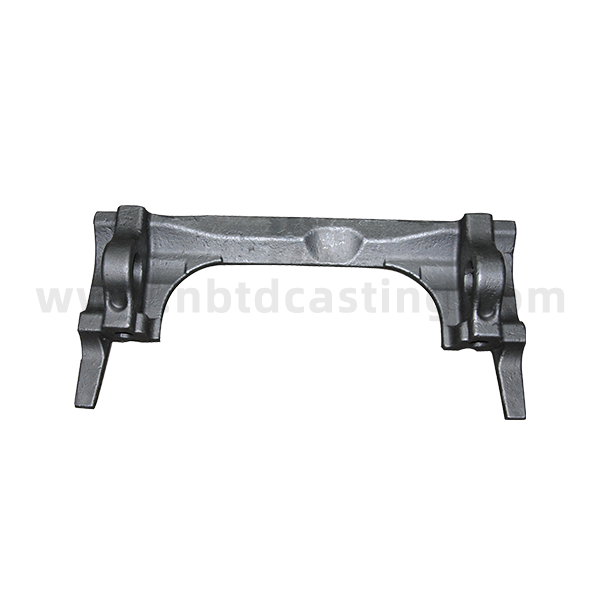
Titanium alloy with high specific strength has become an important structural metal in modern industry.In the 1950s, all countries attached great importance to the research of titanium casting technology.After more than 10 years of efforts to reach the use stage, titanium alloy castings in the 1970s began to produce.Titanium precision castings have been widely used in advanced aircraft, aircraft, missiles, chemical equipment and other components, such as aircraft engine intermediates, compressors, chemical pump valves, medical shifts and so on.The minimum wall thickness of the casting shall be 1.2-2mm, the dimension deviation shall be 0.005mm/mm, and the surface roughness shall be ra3.2m.The largest titanium cast caster frame manufactured in 1992 was 340 kg after welding, with a diameter of 1.918 m and a height of 5,591 m.The growth of titanium precision castings has been rapid, reaching $369 million in the United States alone in 1996.Titanium alloy has high chemical activity at high temperature, and almost all heat - resistant materials chemical reaction.The research of shell surface material is the key technology of titanium casting.Graphite shell and tungsten surface layers are used in industry.Ceramic shell, oxidized ceramic shell.Among them, oxide ceramic shell is a kind of promising shell, which has a tendency to replace graphite shell and tungsten ceramic shell.
Another key technology of titanium casting is investment casting.At present, vacuum consumable electric furnace is widely used in production.It is a consumable electrode made of titanium alloy, which generates an arc between water-cooled copper crucible and melts the electrode through the heat of the arc.In order to prevent the reaction of liquid titanium with oxygen and nitrogen in the air, the smelting is carried out in vacuum.Titanium has a small density and a small static head.Centrifugal casting is often used to obtain compact titanium components.The shell furnace has a maximum size of over 1 ton and can pour 0.5m×1.5m and over 900kg of titanium castings.In addition to vacuum consumable shell furnace, there are vacuum non-consumable shell furnace, but the equipment cost is high, the investment is large, the operation and maintenance is difficult.Vacuum self - provided furnace and vacuum induction melting furnace with plasma and electron as heat source are still in the laboratory research stage.
Directional condensation technique
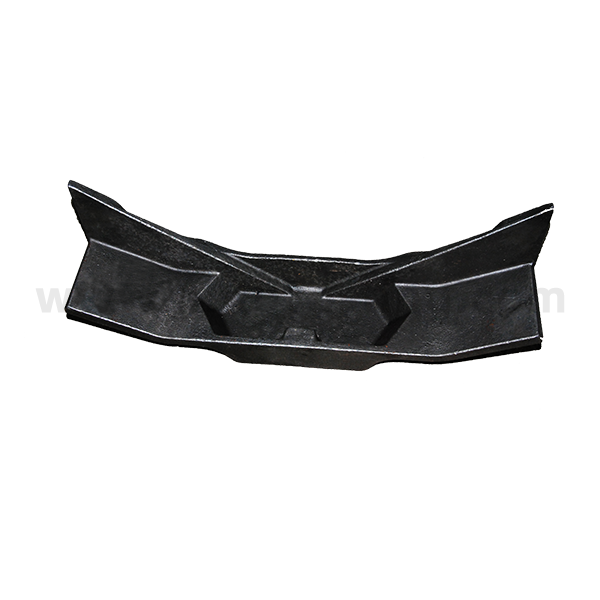
In order to improve the properties of investment casting, it is necessary to control the crystallization process and introduce solidification technology into the production of investment casting.From fatigue damage to the blade, cracks occur and develop along grain boundaries perpendicular to the main stress direction of the blade (longitudinal axis).Directional solidification enables the blade to obtain columnar crystals parallel to the axial direction and eliminates the transverse grain boundary.The fatigue resistance of the blade is greatly improved.Single crystal blade can also be produced by solidification technology with superior performance.In retrospect, this is the development process from traditional equiaxed crystals (EQ) to directionally solidified (Ds) columnar crystals to single crystals (sc).
The improvement of materials and the application of new solidification technology have greatly improved the quality of castings.As a result of material improvements and blade development, the operating temperature increased from 980°C to 1 095°C from traditional equiaxed crystals to columnar crystals, single crystals.Directional solidification technology has been constantly improved and developed.In order to improve the effective temperature gradient of casting solidification region, the process has evolved from power reduction method PD to high-speed solidification method HRS and liquid metal cooling method LMC.In recent years, with the rapid increase of directional solidification and the demand for large single crystal castings, new problems have arisen in the process equipment, more equipment is needed, and higher temperature gradient is achieved economically in the process of solidification.Shell heating and cooling pits, large and heavy shell operations, etc. DS/SC processes and equipment continue to evolve.




